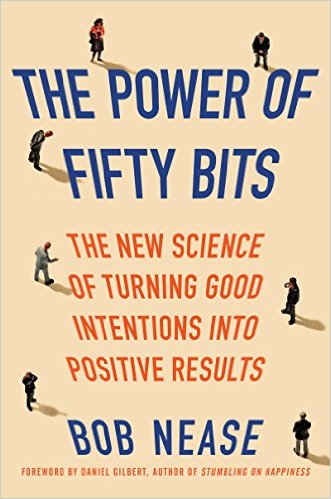It’s still a bit early to tell about the details of the new debt deal churned out of Washington over the weekend. But by all signals, it’s got elements that the more passionate members of both sides of the aisle dislike.
One of the key features is an automatic set of across-the-board spending cuts that occur should the Congress be unable to come up with additional savings before the end of the year. As reported by the NY Times:
The deal announced on Sunday by Congressional leaders and the White House would make across-the-board cuts in military spending, education, transportation and Medicare payments to health care providers if Congress does not enact further deficit-cutting legislation by the end of the year.
This is a nice example of precommitment: making a decision today that limits (or significantly alters the cost) of downstream alternatives. Each of us do this pretty regularly, from avoiding stocking the pantry with unhealthy things we know we will eat to putting the alarm across the room the night before so that we’re more likely to get out of bed when it goes off.
The key to precommitment is the awareness that each of us has about our self-control issues. Just as Odysseus knew that he would be unable to resist the song of the Sirens, most of us know that intention and behavior often part ways. Precommitment allows us to shape the future decision landscape in which we will find ourselves, giving advantage to those alternatives that we know serve us best over the longer haul.
I’m not the biggest fan of politicians, but I like this element of the agreement: it offsets the temptation for future political expediency by making such behavior painful enough to instead do what’s best for the nation longer term.




